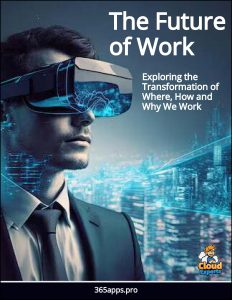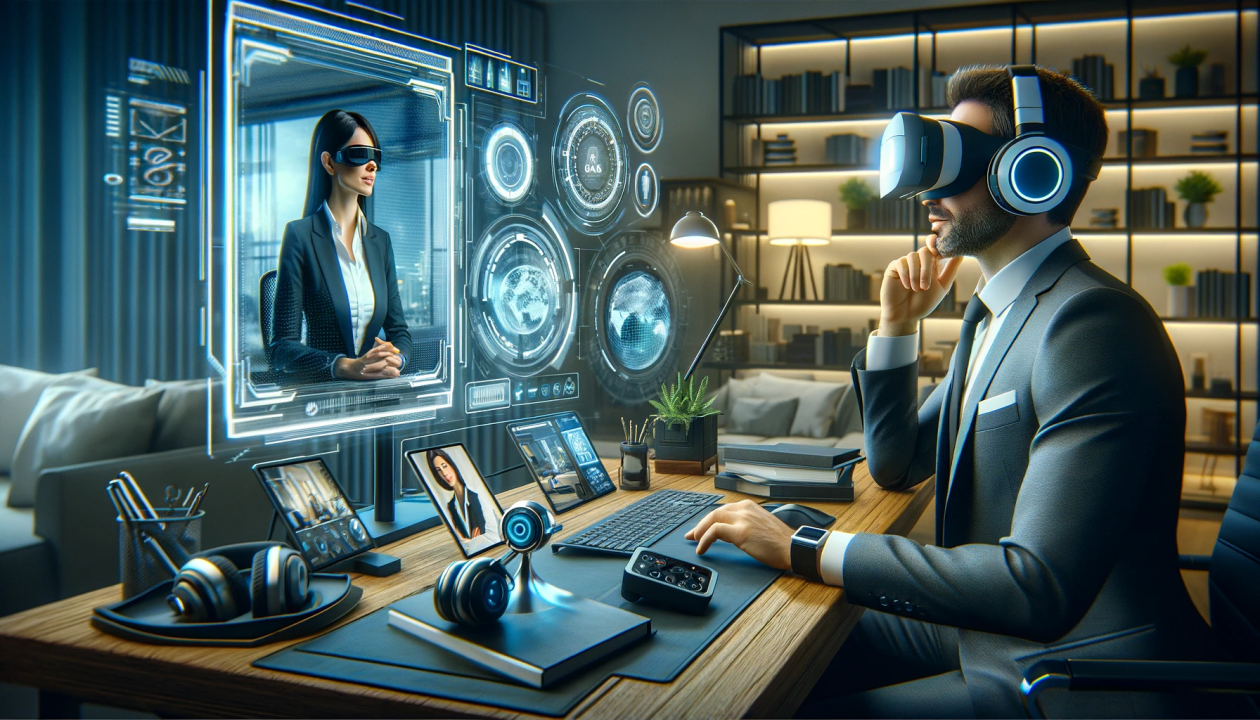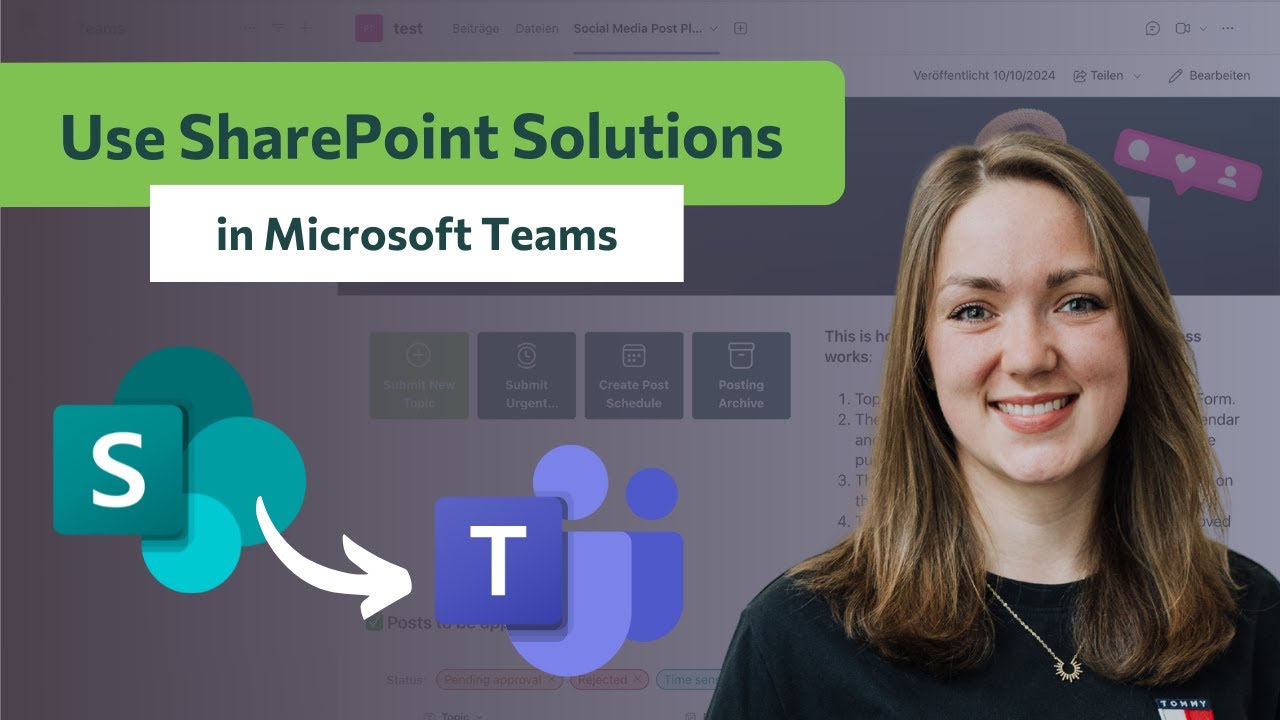 Harvard describes How the Metaverse Could Change Work, envisioning a world where you could have a beachside conversation with your colleagues, taking meeting notes while floating around a space station.
Harvard describes How the Metaverse Could Change Work, envisioning a world where you could have a beachside conversation with your colleagues, taking meeting notes while floating around a space station.
Is this the future of work?
The metaverse, a virtual reality space where users can interact with a computer-generated environment and other users, is becoming an increasingly popular concept.
As technology advances, the metaverse is expected to have a significant impact on various aspects of our lives, including work.
Microsoft in the Metaverse
In the feature video HBR editor in chief Adi Ignatius interviewed the Microsoft CEO to discuss what team collaboration will look like going forward, the next generation of workplace technology, the new imperatives of leadership — and whether and when our future workplaces will in fact start to look like the “metaverse” fantasies of science fiction.
The metaverse has the potential to revolutionize various industries. For example, in the field of architecture and design, professionals can create virtual models and allow clients to experience them in a realistic way. Similarly, in the entertainment industry, virtual concerts and events can reach a global audience without physical limitations.
The metaverse can enable more immersive and efficient remote work experiences. Instead of traditional video conferences, employees can meet in virtual environments, fostering better collaboration and engagement. Virtual reality (VR) and augmented reality (AR) technologies can enhance the sense of presence, making remote work feel more like in-person interactions.
The metaverse will require individuals to develop new skills to thrive in this digital environment. Proficiency in VR/AR technologies, 3D modeling, and virtual collaboration tools will become increasingly valuable. Moreover, new job opportunities will emerge, such as virtual event planners, metaverse architects, and VR content creators.
While the metaverse offers exciting possibilities, there are challenges and considerations to address. Privacy and security concerns need to be carefully managed to protect users’ personal information. Additionally, access to the metaverse should be inclusive, ensuring that it does not create further inequalities.
Microsoft Mesh
As they announce here, Microsoft has recently unveiled its groundbreaking product called Microsoft Mesh, which aims to revolutionize the way we collaborate and communicate in virtual reality (VR) environments.
Microsoft Mesh is a cloud-based platform that enables users to create and join virtual reality experiences from anywhere in the world. It allows individuals to interact with digital content and each other in a shared virtual environment, breaking down geographical barriers and fostering seamless collaboration.
The core concept of Microsoft Mesh revolves around the idea of presence, where users feel as if they are physically present in the same space, even if they are miles apart. This is achieved through the use of advanced spatial computing technologies, including 3D modeling, haptic feedback, and real-time rendering.
Microsoft Mesh offers a wide range of features and benefits that enhance collaboration and communication in virtual reality:
- Real-time collaboration: Users can interact with each other and manipulate digital content simultaneously, enabling seamless collaboration.
- Immersive experiences: Microsoft Mesh provides a highly immersive environment with realistic visuals and spatial audio, enhancing the overall experience.
- Multi-device support: It is compatible with various devices, including VR headsets, smartphones, tablets, and PCs, ensuring accessibility for all users.
- Secure and private: Microsoft Mesh prioritizes user privacy and security, offering robust encryption and authentication mechanisms.
- Integration with Microsoft 365: Users can leverage their existing Microsoft 365 subscriptions and access files, documents, and other resources within the virtual environment.
Integration with Microsoft Teams
Microsoft Mesh seamlessly integrates with Microsoft Teams, empowering users to collaborate in virtual reality while leveraging the familiar features and functionalities of Teams. This integration brings together the power of virtual reality and the productivity of Teams, enabling teams to work together more effectively.
With the integration, Microsoft Teams users can join virtual reality meetings and interact with colleagues as avatars in a shared virtual space. They can communicate through spatial audio, share screens, and collaborate on digital content in real-time. This immersive collaboration experience enhances engagement, creativity, and productivity.
Microsoft Mesh represents a significant leap forward in virtual reality collaboration, providing a shared virtual space where users can interact and collaborate seamlessly. Its integration with Microsoft Teams further enhances the collaboration experience, enabling teams to work together more effectively and creatively. There is also an integration with Meta.
By leveraging the power of Microsoft Mesh and Microsoft Teams, organizations can unlock new possibilities in remote collaboration, training, design, and many other areas. The future of virtual reality collaboration is here, and Microsoft is at the forefront of this exciting revolution.




























